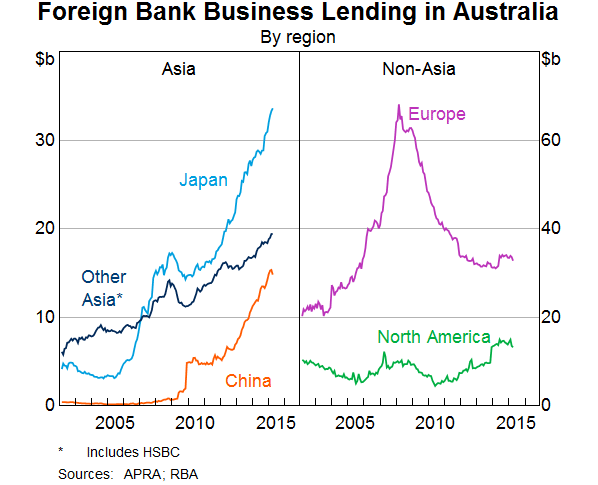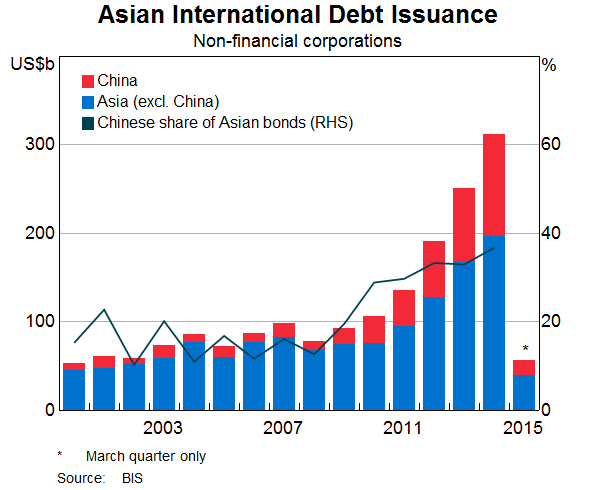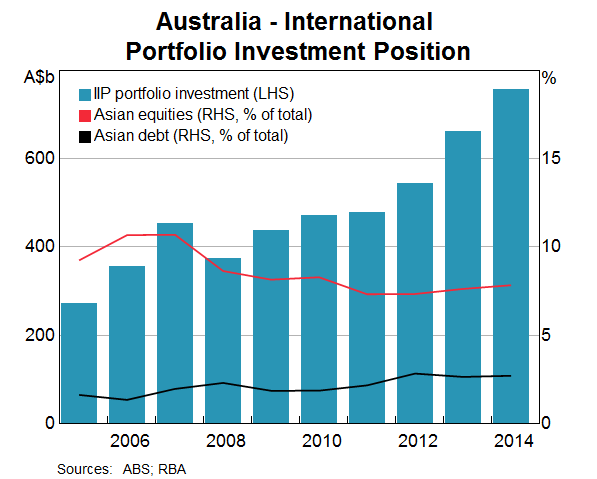Speech Remarks on Financial Integration in the Asia Pacific

Guy Debelle[*]
Assistant Governor (Financial Markets)
Speech at the Launch of the Australian Centre for Financial Studies report on Financial Integration in the Asia Pacific
Sydney –
It is a pleasure to speak at the launch of the Australian Centre for Financial Studies (ACFS) work on Financial Integration in the Asia Pacific.
I have had some firsthand experience on financial integration through the Asian Bond Fund (ABF) initiative, working with my fellow central bankers in Asia through EMEAP. In particular, in launching ABF2 and the Pan-Asian Index Fund (PAIF) around a decade ago, we got direct exposure to some of the impediments to financial integration in the region, both regulatory and tax. We worked together to reduce some of those impediments, which helped to pave the way for an expansion in cross-border fixed income investment in the region.
I would like to talk about some issues that come to mind when thinking about financial integration. In doing so, my aim is to pose questions that the ACFS work might consider, without providing any answers.
The first issue is about developments over the past decade or so, which show that financial integration is not a monotonic process. It is not always onwards and upwards. There was a reversal in some metrics of financial integration after 2008. In particular, cross-border banking flows declined steeply in 2008 and 2009, and have, in aggregate, continued to shrink until fairly recently.
Interestingly, cross-border flows involving Chinese and Japanese banks have been increasing while those elsewhere, particularly in Europe, have been declining. We have seen that here in Australia, with lending by Chinese and Japanese banks into Australia growing quite rapidly (albeit from a low base), as lending from European banks has been declining (Graph 1). Some Chinese banks have obtained Australian banking licences while some European banks have given them up.

In light of these developments, one question that is worth contemplating is whether there is such a thing as an optimal degree of financial integration? Can there be too much of it? The experience of the financial crisis shows that at least some forms of financial integration didn't go too well.
Relatedly, what is the most beneficial form of financial integration? Is it cross-border banking flows? And if so, should those flows be through a branch or a subsidiary, taking account of the varying regulatory environments that come with that choice? Are bank to bank flows more problematic than direct lending by foreign banks to domestic borrowers?
The experience of cross-border banking is also replete with examples of the last-mover disadvantage. The general argument mounted in support of cross-border banking is that it allows a bank to profitably utilise its knowledge, systems and skills in a new market. But is that best done by partnering with an existing bank, or entering the market on your own? While there may be opportunities that arise with a better banking model, it can often be the case that all the good credits are taken. The local banks already have well-established relationships with the customers with the strong balance sheets and it may be quite difficult to wean them away, however attractive the proposition put to them. This can lead to the new entrant filling its book with the fish John West rejects. That's not necessarily a bad thing, nor obviously unprofitable, but the credit quality is likely to be lower.
Alternatively, are flows intermediated by markets more beneficial, whether in the form of bonds or equity? For many years, there has been a marked contrast in the financial structure of the US and most of the rest of the world. In the US, there is a considerably higher share of market-based intermediation, whereas in the rest of the world, including Australia and Asia, bank-based intermediation has the lion's share of financing.
One consequence of the regulatory reform program after the crisis is that it has tended to increase the cost of bank-intermediated finance. As a result, market intermediation is increasing, which will have implications for the future of financial integration in Asia.
This is evident in the recent strong issuance of offshore bonds by Asian non-financial corporations. Much of this rise has been driven by Chinese issuers, which now account for about 40 per cent of the bond issuance by Asian non-financial corporations (Graph 2). However, borrowing from banks still represents the vast majority of debt of Asian non-financial corporations.

Another question that arises is which of these forms of cross-border flows – banking or market-based – are more stable? This is an issue which gets a lot of attention in the Asian region and will once again come into sharp relief when the Fed raises its policy rate. The increase in cross-border flows into emerging markets over recent years, particularly in the Asian region, has contained a large amount of market-based finance. Asset managers have a much higher share of emerging Asia in their funds under management today than they did a decade ago. How stable are these flows likely to be in a more volatile environment? What is the behaviour of the investors who have allocated a higher share of their portfolio to emerging markets? How much of that increased share is a result of a search for higher yield which might reverse when yields in traditional developed markets increase? How much of it is a structural diversification into the emerging world as it has become a much larger share of the global economic and financial landscape?
A major influence on the future path of financial integration in the Asia-Pacific region will be developments in Chinese financial markets. China is on a path of financial deregulation and capital account liberalisation. Almost no other country has managed this process without encountering significant problems. While China has endeavoured to learn the lessons from all the other countries that have gone down this path, including Australia, it will be a significant achievement if they are able to pull it off without encountering some problems.
Investing in China's domestic markets has become easier over the past year, with a range of new initiatives gradually opening the capital account, at this stage, primarily by allowing more portfolio flows between Hong Kong and the mainland. The new schemes expand the avenues for investing in China's domestic debt and equity markets from the existing RQFII and QFII programs, which at the end of May accounted for around US$140 billion of foreign investment in China.
The Shanghai-Hong Kong Stock Connect scheme, which started in November last year, is at about half its northbound capacity of around US$50 billion. A Shenzhen-Hong Kong Stock Connect is expected to be announced soon. The mutual recognition of funds agreement, effective from July, will allow fund managers registered in Hong Kong to offer investment fund products to mainland residents (and vice versa).
From an Australian perspective, these avenues should provide an opportunity for Australian banks, asset managers and their clients to increase their exposure to the Chinese domestic financial market. Australian international portfolio investment has been growing strongly over recent years from around A$450 billion in 2010 to over A$750 billion at the end of 2014 (Graph 3). While the share of Asian bond investment has risen a little over that period, the share of investment in Asian equities has been largely steady. Both remain at well below 10 per cent of total portfolio investment in offshore markets. There would appear to be significant scope for further financial integration with the region.

To conclude, the work by the ACFS is focussing on an area of significant importance today and one that will be important for a long time to come. There are many issues to discuss, a few of which I have highlighted here. The briefing paper is a promising start and I wish them well for the rest of the project.
Endnote
Thanks to Marc-Oliver Thurner and David Norman for their assistance. [*]